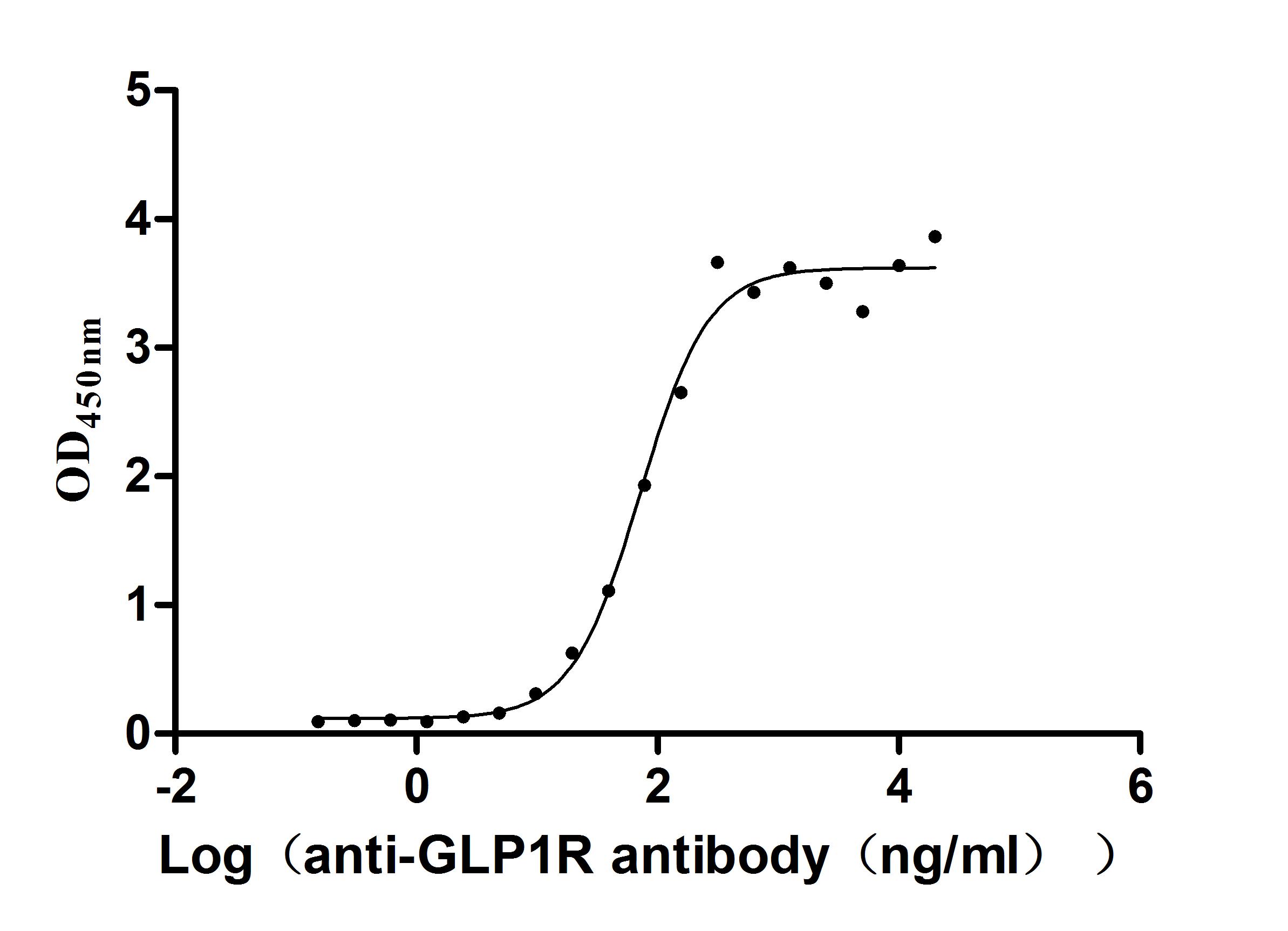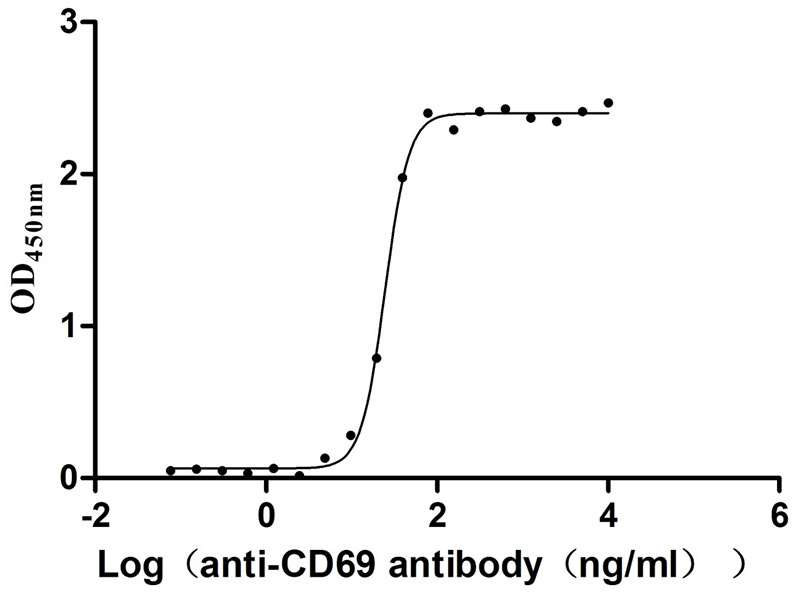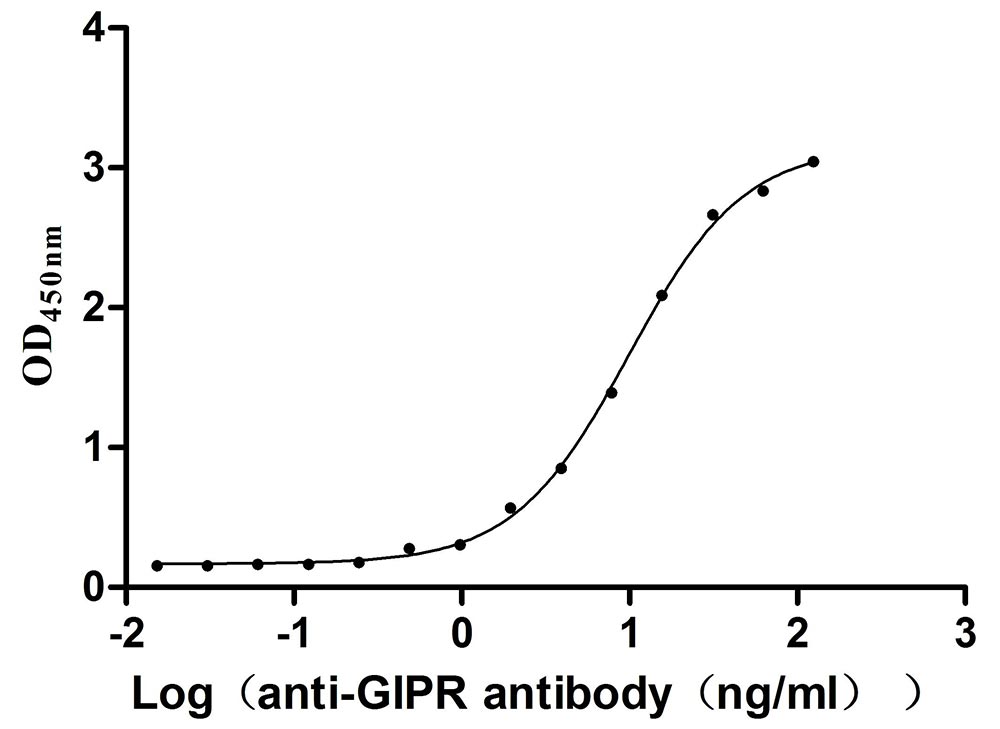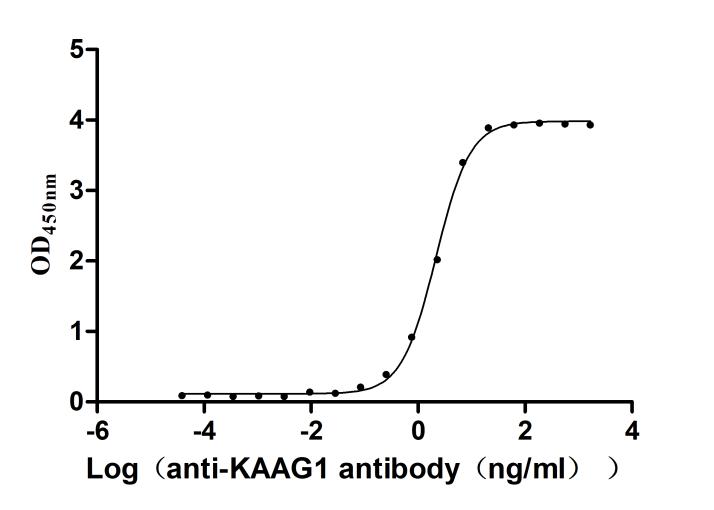Recombinant Mouse Short transient receptor potential channel 4-associated protein (Trpc4ap)
-
中文名稱:小鼠Trpc4ap重組蛋白
-
貨號(hào):CSB-YP878107MO
-
規(guī)格:
-
來(lái)源:Yeast
-
其他:
-
中文名稱:小鼠Trpc4ap重組蛋白
-
貨號(hào):CSB-EP878107MO
-
規(guī)格:
-
來(lái)源:E.coli
-
其他:
-
中文名稱:小鼠Trpc4ap重組蛋白
-
貨號(hào):CSB-EP878107MO-B
-
規(guī)格:
-
來(lái)源:E.coli
-
共軛:Avi-tag Biotinylated
E. coli biotin ligase (BirA) is highly specific in covalently attaching biotin to the 15 amino acid AviTag peptide. This recombinant protein was biotinylated in vivo by AviTag-BirA technology, which method is BriA catalyzes amide linkage between the biotin and the specific lysine of the AviTag.
-
其他:
-
中文名稱:小鼠Trpc4ap重組蛋白
-
貨號(hào):CSB-BP878107MO
-
規(guī)格:
-
來(lái)源:Baculovirus
-
其他:
-
中文名稱:小鼠Trpc4ap重組蛋白
-
貨號(hào):CSB-MP878107MO
-
規(guī)格:
-
來(lái)源:Mammalian cell
-
其他:
產(chǎn)品詳情
-
純度:>85% (SDS-PAGE)
-
基因名:Trpc4ap
-
Uniprot No.:
-
別名:Trpc4ap; Trrp4ap; Short transient receptor potential channel 4-associated protein; Trp4-associated protein; Trpc4-associated protein; Protein TAP1; Rabex-5/Rin2-interacting protein; TNF-receptor ubiquitous scaffolding/signaling protein; Protein TRUSS
-
種屬:Mus musculus (Mouse)
-
蛋白長(zhǎng)度:Full Length of Mature Protein
-
表達(dá)區(qū)域:2-797
-
氨基酸序列AAAPAAAGA GASRGRRLAA TAAAWGGWGG RPRPGNILLQ LRQGQLTGRG LVRAVQFTET FLTERDKLSK WSGIPQLLLK LYATSHLHSD FVECQSILKE ISPLLSMEAM AFVTEDRKFT QEATYPNTYI FDLFGGVDLL VEILMRPTIS IRGQKLKISD EMSKDCLSIL YNTCVCTEGV TKRLAEKNDF VIFLFTLMTS KKTFLQTATL IEDILGVKKE MIRLDEVPNL SSLVSNFDQQ QLANFCRILA VTISEMDTGN DDKHTLLAKN AQQKKSLSLG PSAAEINQAA LLSIPGFVER LCKLATRKVS ESTGTASFLQ ELEEWYTWLD NALVLDALMR VANEESEHNQ APTVFPSLGT SEEGGLPHTS ARAQLPQSMK IMHEIMYKLE VLYVLCVLLM GRQRNQVHRM IAEFKLIPGL NNLFDKLIWR KHSASALVLH GHNQNCDCSP DITLKIQFLR LLQSFSDHHE NKYLLLNNQE LNELSAISLK ANIPEVEAVL NTDRSLVCDG KRGLLTRLLQ VMKKEPAESS FRFWQARAVE SFLRGTTSYA DQMFLLKRGL LEHILYCIVD SECKSRDVLQ SYFDLLGELM KFNVDAFKRF NKYINTDAKF QVFLKQINSS LVDSNMLVRC VTLSLDRFEN QVDMKVAEVL SECRLLAYIS QVPTQMSFLF RLINIIHVQT LTQENVSCLN TSLVILMLAR RKERLPLYLR LLQRMEHSKK YPGFLLNNFH NLLRFWQQHY LHKDKDSTCL ENSSCISFSY WKETVSILLN PDRQSPSALV SYIEEPYMDI DRDFTEE
-
蛋白標(biāo)簽:Tag?type?will?be?determined?during?the?manufacturing?process.
The tag type will be determined during production process. If you have specified tag type, please tell us and we will develop the specified tag preferentially. -
產(chǎn)品提供形式:Lyophilized powder
Note: We will preferentially ship the format that we have in stock, however, if you have any special requirement for the format, please remark your requirement when placing the order, we will prepare according to your demand. -
復(fù)溶:We recommend that this vial be briefly centrifuged prior to opening to bring the contents to the bottom. Please reconstitute protein in deionized sterile water to a concentration of 0.1-1.0 mg/mL.We recommend to add 5-50% of glycerol (final concentration) and aliquot for long-term storage at -20℃/-80℃. Our default final concentration of glycerol is 50%. Customers could use it as reference.
-
儲(chǔ)存條件:Store at -20°C/-80°C upon receipt, aliquoting is necessary for mutiple use. Avoid repeated freeze-thaw cycles.
-
保質(zhì)期:The shelf life is related to many factors, storage state, buffer ingredients, storage temperature and the stability of the protein itself.
Generally, the shelf life of liquid form is 6 months at -20°C/-80°C. The shelf life of lyophilized form is 12 months at -20°C/-80°C. -
貨期:Delivery time may differ from different purchasing way or location, please kindly consult your local distributors for specific delivery time.Note: All of our proteins are default shipped with normal blue ice packs, if you request to ship with dry ice, please communicate with us in advance and extra fees will be charged.
-
注意事項(xiàng):Repeated freezing and thawing is not recommended. Store working aliquots at 4°C for up to one week.
-
Datasheet :Please contact us to get it.
靶點(diǎn)詳情
-
功能:Substrate-recognition component of a DCX (DDB1-CUL4-X-box) E3 ubiquitin-protein ligase complex required for cell cycle control. The DCX(TRPC4AP) complex specifically mediates the polyubiquitination and subsequent degradation of MYC as part of the DesCEND (destruction via C-end degrons) pathway. The DesCEND (destruction via C-end degrons) pathway recognizes a C-degron located at the extreme C terminus of target proteins, leading to their ubiquitination and degradation. The DCX(TRPC4AP) complex specifically recognizes proteins with an arginine at the minus 3 position (R-3 motif) at the C-terminus, such as MYC, leading to their ubiquitination and degradation. Also participates in the activation of NFKB1 in response to ligation of TNFRSF1A, possibly by linking TNFRSF1A to the IKK signalosome. Involved in JNK activation via its interaction with TRAF2. Also involved in elevation of endoplasmic reticulum Ca(2+) storage reduction in response to CHRM1.
-
基因功能參考文獻(xiàn):
- cloning and characterization of tumor necrosis factor receptor 1 (TNF-R1)-associated ubiquitous scaffolding and signaling protein (TRUSS) PMID: 14585990
-
亞細(xì)胞定位:Cytoplasm, perinuclear region.
-
組織特異性:Widely expressed, with high levels in heart, liver and testis.
-
數(shù)據(jù)庫(kù)鏈接:
Most popular with customers
-
Recombinant Human HLA class II histocompatibility antigen gamma chain (CD74), partial (Active)
Express system: Mammalian cell
Species: Homo sapiens (Human)
-
Recombinant Human G-protein coupled receptor family C group 5 member D (GPRC5D)-VLPs (Active)
Express system: Mammalian cell
Species: Homo sapiens (Human)
-
Recombinant Human Glucagon-like peptide 1 receptor (GLP1R), partial (Active)
Express system: Mammalian cell
Species: Homo sapiens (Human)
-
Recombinant Human Early activation antigen CD69 (CD69), partial (Active)
Express system: Mammalian cell
Species: Homo sapiens (Human)
-
Recombinant Mouse Gastric inhibitory polypeptide receptor (Gipr), partial (Active)
Express system: Mammalian cell
Species: Mus musculus (Mouse)
-
Recombinant Macaca fascicularis Gastric inhibitory polypeptide receptor (GIPR), partial (Active)
Express system: yeast
Species: Macaca fascicularis (Crab-eating macaque) (Cynomolgus monkey)
-
Recombinant Human Kidney-associated antigen 1 (KAAG1) (Active)
Express system: E.coli
Species: Homo sapiens (Human)


-AC1.jpg)















